Audi 2010 Annual Report Download - page 47
Download and view the complete annual report
Please find page 47 of the 2010 Audi annual report below. You can navigate through the pages in the report by either clicking on the pages listed below, or by using the keyword search tool below to find specific information within the annual report.-
 1
1 -
 2
2 -
 3
3 -
 4
4 -
 5
5 -
 6
6 -
 7
7 -
 8
8 -
 9
9 -
 10
10 -
 11
11 -
 12
12 -
 13
13 -
 14
14 -
 15
15 -
 16
16 -
 17
17 -
 18
18 -
 19
19 -
 20
20 -
 21
21 -
 22
22 -
 23
23 -
 24
24 -
 25
25 -
 26
26 -
 27
27 -
 28
28 -
 29
29 -
 30
30 -
 31
31 -
 32
32 -
 33
33 -
 34
34 -
 35
35 -
 36
36 -
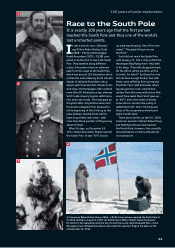 37
37 -
 38
38 -
 39
39 -
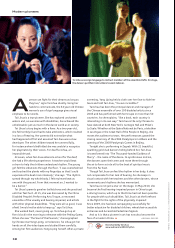 40
40 -
 41
41 -
 42
42 -
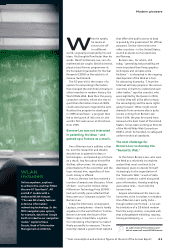 43
43 -
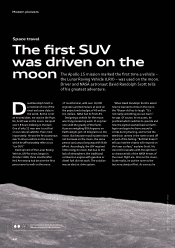 44
44 -
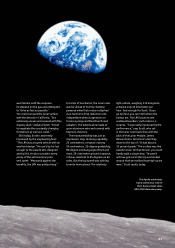 45
45 -
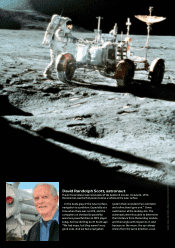 46
46 -
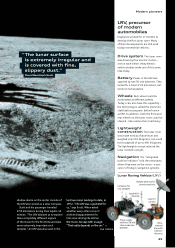 47
47 -
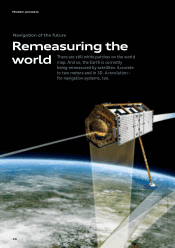 48
48 -
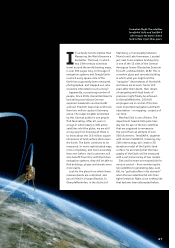 49
49 -
 50
50 -
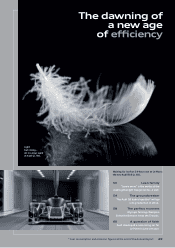 51
51 -
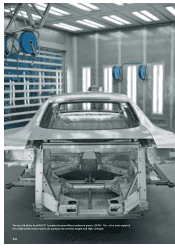 52
52 -
 53
53 -
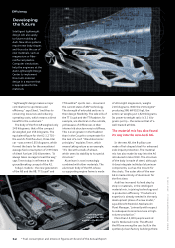 54
54 -
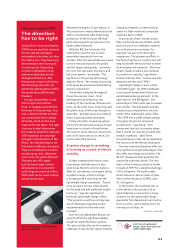 55
55 -
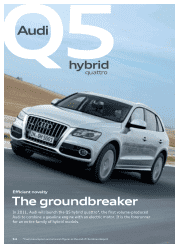 56
56 -
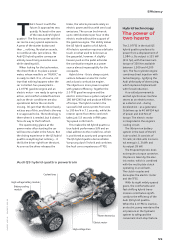 57
57 -
 58
58 -
 59
59 -
 60
60 -
 61
61 -
 62
62 -
 63
63 -
 64
64 -
 65
65 -
 66
66 -
 67
67 -
 68
68 -
 69
69 -
 70
70 -
 71
71 -
 72
72 -
 73
73 -
 74
74 -
 75
75 -
 76
76 -
 77
77 -
 78
78 -
 79
79 -
 80
80 -
 81
81 -
 82
82 -
 83
83 -
 84
84 -
 85
85 -
 86
86 -
 87
87 -
 88
88 -
 89
89 -
 90
90 -
 91
91 -
 92
92 -
 93
93 -
 94
94 -
 95
95 -
 96
96 -
 97
97 -
 98
98 -
 99
99 -
 100
100 -
 101
101 -
 102
102 -
 103
103 -
 104
104 -
 105
105 -
 106
106 -
 107
107 -
 108
108 -
 109
109 -
 110
110 -
 111
111 -
 112
112 -
 113
113 -
 114
114 -
 115
115 -
 116
116 -
 117
117 -
 118
118 -
 119
119 -
 120
120 -
 121
121 -
 122
122 -
 123
123 -
 124
124 -
 125
125 -
 126
126 -
 127
127 -
 128
128 -
 129
129 -
 130
130 -
 131
131 -
 132
132 -
 133
133 -
 134
134 -
 135
135 -
 136
136 -
 137
137 -
 138
138 -
 139
139 -
 140
140 -
 141
141 -
 142
142 -
 143
143 -
 144
144 -
 145
145 -
 146
146 -
 147
147 -
 148
148 -
 149
149 -
 150
150 -
 151
151 -
 152
152 -
 153
153 -
 154
154 -
 155
155 -
 156
156 -
 157
157 -
 158
158 -
 159
159 -
 160
160 -
 161
161 -
 162
162 -
 163
163 -
 164
164 -
 165
165 -
 166
166 -
 167
167 -
 168
168 -
 169
169 -
 170
170 -
 171
171 -
 172
172 -
 173
173 -
 174
174 -
 175
175 -
 176
176 -
 177
177 -
 178
178 -
 179
179 -
 180
180 -
 181
181 -
 182
182 -
 183
183 -
 184
184 -
 185
185 -
 186
186 -
 187
187 -
 188
188 -
 189
189 -
 190
190 -
 191
191 -
 192
192 -
 193
193 -
 194
194 -
 195
195 -
 196
196 -
 197
197 -
 198
198 -
 199
199 -
 200
200 -
 201
201 -
 202
202 -
 203
203 -
 204
204 -
 205
205 -
 206
206 -
 207
207 -
 208
208 -
 209
209 -
 210
210 -
 211
211 -
 212
212 -
 213
213 -
 214
214 -
 215
215 -
 216
216 -
 217
217 -
 218
218 -
 219
219 -
 220
220 -
 221
221 -
 222
222 -
 223
223 -
 224
224 -
 225
225 -
 226
226 -
 227
227 -
 228
228 -
 229
229 -
 230
230 -
 231
231 -
 232
232 -
 233
233 -
 234
234 -
 235
235 -
 236
236 -
 237
237 -
 238
238 -
 239
239 -
 240
240 -
 241
241 -
 242
242 -
 243
243 -
 244
244 -
 245
245 -
 246
246 -
 247
247 -
 248
248 -
 249
249 -
 250
250 -
 251
251 -
 252
252 -
 253
253 -
 254
254 -
 255
255 -
 256
256 -
 257
257 -
 258
258 -
 259
259 -
 260
260 -
 261
261 -
 262
262 -
 263
263
 |
 |

shadow device on the center console of shadow device on the center console of
the LRV also served as a solar compass.the LRV also served as a solar compass.
Scott and his passenger traveled Scott and his passenger traveled
27.8 kilometers during their Apollo 1527.8 kilometers during their Apollo 15
mission. “The LRV allowed us to explore mission. “The LRV allowed us to explore
three completely diff erent regions three completely diff erent regions
of the moon for the fi rst time and takeof the moon for the fi rst time and take
some extremely important rock some extremely important rock
samples.” An LRV was also used in thesamples.” An LRV was also used in the
last two moon landings to date, in
1972. “The LRV was a godsend for
us,” says Scott. When asked us,” says Scott. When asked
whether every other car isn’t whether every other car isn’t
a bitter disappointment for a bitter disappointment for
him since driving the LRV on him since driving the LRV on
the moon, he says with a laugh:
“That really depends on the car.”
JAN DREIER
e, in
e
,
in
d f
or
d for
h
:
h:
r.
”
r.”
AN DREI
ER
AN DREIER
Hinged antenna for
communications
Joystick for
steering
Color TV
camera
Container for
rock samples
Lunar Roving Vehicle (LRV)
Drive system The lunar rover
was driven by four electric motors –
one on each wheel. Many electric
vehicle studies make use of this same
idea today.
Battery
Power in the LRV was
supplied by two 36 volt batteries. They
lasted for a total of 92 kilometers, but
were not rechargeable.
Wheels Each wheel could be
accelerated at diff erent speeds.
Today’s cars also have this capability –
the technology is called the electronic
stabilization program, better known
as ESP. In addition, both the front and
rear wheels on the lunar rover could be
steered – like construction machinery.
Lightweight
construction The lunar rover
was made mostly of aluminum and
weighed only 210 kilograms, but could
hold a payload of up to 490 kilograms.
The lightweight concept reduced the
lunar module’s weight.
Navigation The “integrated
position indicator” told the astronauts
where they were on the moon – a pre-
cursor of today’s navigation systems.
Modern pioneers
“The lunar surface
is extremely irregular and
is covered with fi ne,
slippery dust.”
David Randolph Scott
Wire-
encased
tires with
titanium
chevrons
Power supply
with two 36-volt
silver oxide-zinc
batteries
45
LRV, precursor
of modern
automobiles
Engineers worked for 17 months to
develop the fi rst lunar rover. Many
of their developments are still used
today in terrestrial vehicles.
O
